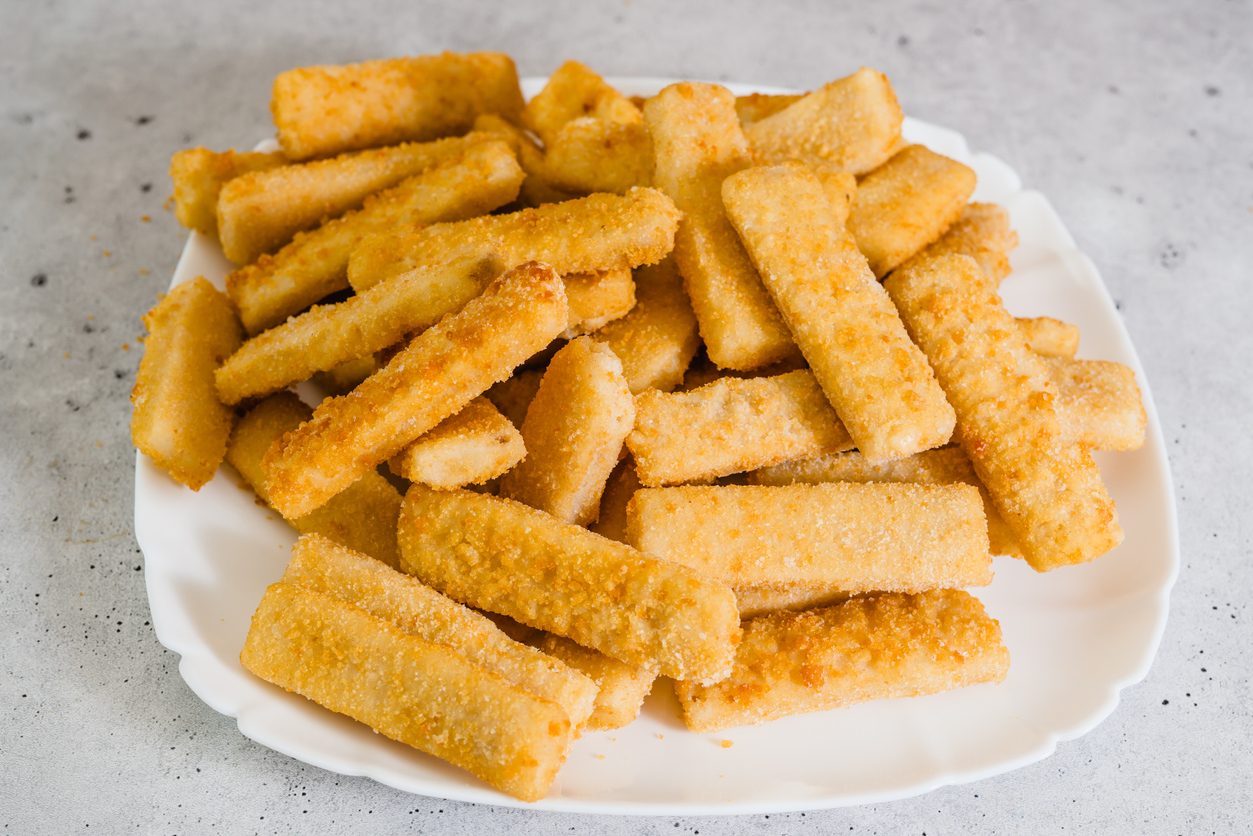;)
Spring, with its blooming landscapes and longer days, invites us to enjoy the great outdoors. It’s a time for picnics, garden parties, and outdoor gatherings where pies play a starring role. These versatile dishes, both savory and sweet, are perfect for such occasions due to their convenience and the ease with which they can be transported. However, despite their practicality and popularity, pies often fall victim to sogginess or crumble upon serving. A common culprit? Assembling them while parts of the pie are still too hot. Let’s explore why the temperature at which you assemble your pie can make or break this delightful treat.
The Perils of Warm Dough
The crust of a pie, be it flaky or shortcrust, acts as the structural foundation. When pie crust is handled or filled while it is still warm, it becomes problematic. Warm dough is more pliable and less stable, which can lead to a crust that fails to hold its shape once the filling is added. As it cools and sets, a pie crust contracts slightly; if it is filled too soon, this contraction can cause the crust to warp or even crack, undermining the structural integrity of the entire pie. This results not only in an unappealing presentation but can also make the crust soggy as it absorbs liquid from the filling.

The Downfall of Hot Filling
Pouring hot filling into a pie crust is equally fraught with problems. Heat from the filling can melt the fat in the pastry dough prematurely, preventing it from creating the layers necessary for a crisp, flaky texture. This heat transfer can lead to the dreaded soggy bottom, where the crust becomes moist and limp under the weight and heat of the filling. Additionally, hot filling can begin to cook the base of the crust before the pie has even entered the oven, resulting in uneven baking and textural inconsistencies.
Cooling is Key: Harmony in Pie Construction
For the ideal pie, both the crust and the filling need to cool down to near room temperature before assembly. Cooling the crust allows it to set firmly, ensuring it is robust enough to support the weight and moisture of the filling. Similarly, allowing the filling to cool prevents it from wreaking havoc on the pastry, ensuring the base remains crisp and dry. This process minimizes the risk of thermal shock to the pastry, which can occur when extreme temperature differences are present. The gradual cooling of both components promotes a uniform texture and ensures flavors meld beautifully without causing structural issues.

How to Craft the Perfect Pie: An Art and Science
Achieving the perfect pie is a blend of art and science, requiring patience and attention to detail. Begin by baking your crust until it’s golden and set. Allow it to cool completely on a rack to ensure it is thoroughly aired. Meanwhile, prepare your filling according to the recipe, and then set it aside to cool. Once both elements are at room temperature, you can assemble your pie. This method ensures that every layer retains its intended texture and flavor, making each bite a perfect harmony of crisp and tender. Remember, the key to a great pie lies not just in its ingredients and recipe but in how you bring all the elements together.
;Resize,width=712;)


;Resize,width=767;)
